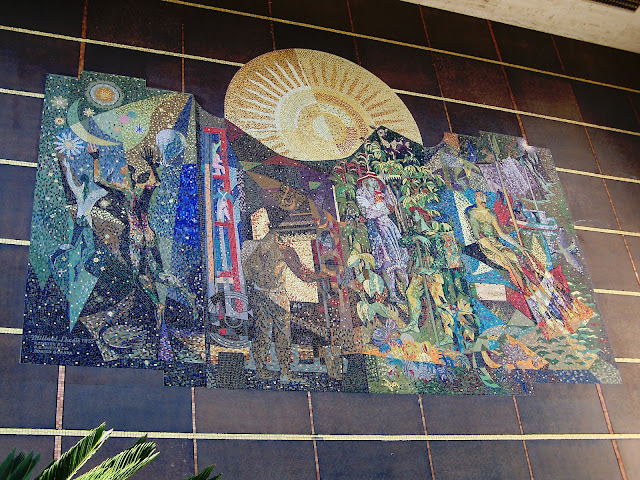
We are all celebrating Hispanic Heritage Month through October 15, a fact that usually stays in the back of my consciousness until someone says Mole. Then I pay attention.
Mole! There is actually a Feria de los Moles on Olvera Street, October 7th from 10 am to 7 pm.
Last year, 30,000 people showed up. I'm going early. There will also be live music and folk art/craft booths, etc. It's definitely a family-oriented festival.
If you speak Spanish, you can read all about the details here.
Si tu no habla, like me, I'll just tell you that the big event features moles from Puebla and Oaxaca so you can do your own taste test, and that at least 13 different moles will be available, along with other Mexican goodies which are, to quote the LatinRapper blog, "dulce, salado y picante."
Ah-ha! Here is the Feria de los Moles website with all the information you need. I was going to look up mole's history, but the Feria website already repeats most of it.
Mole is made up of many, many flavors, including pinches of cocoa, clove, cinnamon, pepper, with tomatoes, almonds, and vanilla--just to start. It comes in yellow, green, black, red, and many other varieties. Usually, you get it served over chicken, but some innovative restaurants--like Ortega 120 of Redondo Beach--serve special moles over baby back ribs or enchiladas.
There's a charming legend that the first Mole Poblano was cooked up by the poor nuns of the Santa Rosa Convent in Puebla, who had practically no food when Viceroy Tomas Antonia de la Cerda y Aragon came to call. After some quick but fervent prayers, the nuns were inspired to use the little bits of flavoring they had to make the mole, which delighted the Viceroy.






.jpg)















